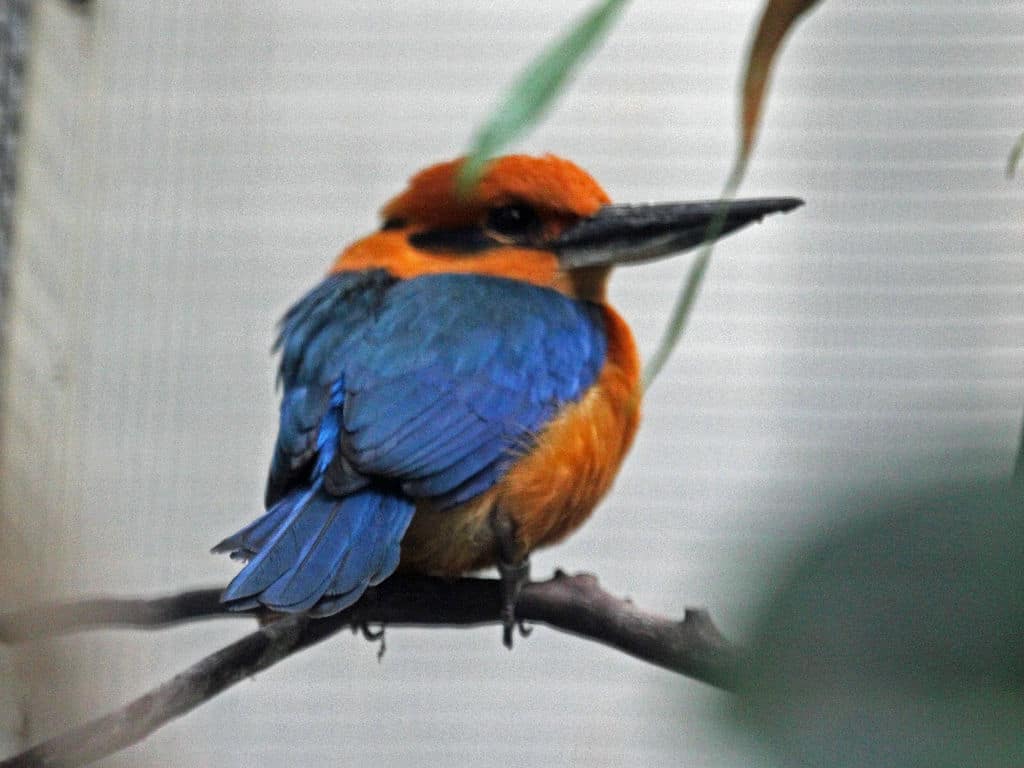Birds are some of nature’s most awe-inspiring creatures, each adapted beautifully for a life in the skies. While we often associate birds with grace and agility, certain avian species challenge our expectations with their sheer size and weight. These magnificent fliers are heavy enough to break a branch yet retain the power of flight. How do they manage this extraordinary feat? Let’s explore the fascinating world of these remarkable birds.
Understanding Avian Flight Mechanics

To appreciate how these larger birds can fly, it’s essential to delve into the basics of avian flight mechanics. Bird wings are uniquely structured to provide lift, a crucial factor for flight. The shape of the wing and the bird’s ability to manipulate the airflow with its feathers play an essential role. The larger the bird, the more lift it needs, compelling these species to develop greater wingspans and stronger muscles to stay airborne.
The Role of Wingspan in Supporting Heavy Birds

Larger birds boast substantial wingspans to generate the necessary lift for flight. For instance, the albatross, known for its impressive wingspan reaching nearly 12 feet, uses this feature to glide effortlessly over long distances. This vast wingspan compensates for their weight, allowing them to remain airborne with minimal energy expenditure.
Remarkable Adaptations in Heavy Birds

Heavy birds have evolved remarkable adaptations to aid their flight. These include the powerful flight muscles attached to a robust keel and long primary feathers that efficiently manage air currents. Many of these birds also possess hollow bones that reduce their weight without sacrificing strength.
Wing Loading The Key to Flight Efficiency

Wing loading is a crucial concept when discussing heavy birds. It refers to the bird’s weight relative to its wing area. Birds with large wings relative to their weight are more efficient at flight. For instance, vultures and condors have adapted to high wing loading; they soar by taking advantage of thermals, conserving their energy while maintaining flight despite their mass.
Pelicans Masters of Bulk and Balance

Pelicans are prime examples of heavy birds that can break branches while taking off but excel in the air. These birds employ a unique form of landing and takeoff from the water, utilizing their buoyancy and powerful flapping to gain initial lift. Once aloft, their broad wings serve them well, allowing for economical gliding.
Condors Grand Gliders of the Skies

The Andean condor, one of the world’s heaviest flying birds, is renowned for its soaring capabilities. These majestic creatures can travel for miles without flapping their wings, thanks to their expert use of thermal currents and a wingspan that stretches over 10 feet.
Understanding the Energy Costs of Flight

For heavier birds, the energy costs associated with flight are significant. However, they have developed behaviors that help mitigate these costs. Soaring is a common strategy, allowing them to cover vast distances by riding air currents. This behavior is especially prevalent in birds of prey, such as eagles and vultures.
Environmental Factors Supporting Heavy Bird Flight

The environments these birds inhabit often provide essential support for their flight. Coastal winds, mountain updrafts, and desert thermals all offer the natural lift required for larger birds to take to the skies. Adaptations to these specific conditions are critical for their survival and efficiency.
The Importance of Landing Techniques

Landing is a challenging aspect for heavier birds because of their momentum. They often need ample space and a carefully timed approach to avoid injury. Some species have evolved to land gently by reducing speed through controlled flapping or by using their feet to absorb the impact, akin to a parachute landing.
Conservation and Challenges Facing Heavy Birds

Many heavy bird species face challenges from habitat destruction and climate change, impacting their migratory and breeding patterns. Conservation efforts aim to preserve the environments that support the natural lift and range these birds require for their continued survival in the wild.
The Future of Heavy Birds in a Changing World

Scientists are actively studying these birds to understand how they are adapting to environmental shifts. Conservation strategies focus on protecting critical habitats and mitigating risks posed by human activity. With continued efforts, these magnificent species will hopefully thrive for generations to come.
Conclusion: The Wonders of Avian Adaptation

Heavy birds are a testament to the incredible diversity and adaptability of the avian world. Despite their size, these birds have evolved to conquer the skies, breaking branches on their takeoff yet mastering flight with skill and grace. Their existence highlights the intricate balance of nature and the importance of conservation efforts to ensure these brilliant creatures continue to awe and inspire.
- These Birds Are Heavy Enough to Break a Branch But They Can Still Fly - August 13, 2025
- 12 US Based Dog Rescues That Need More Recognition - August 13, 2025
- 14 Cold-Blooded Creatures That Thrive in Heat - August 13, 2025

